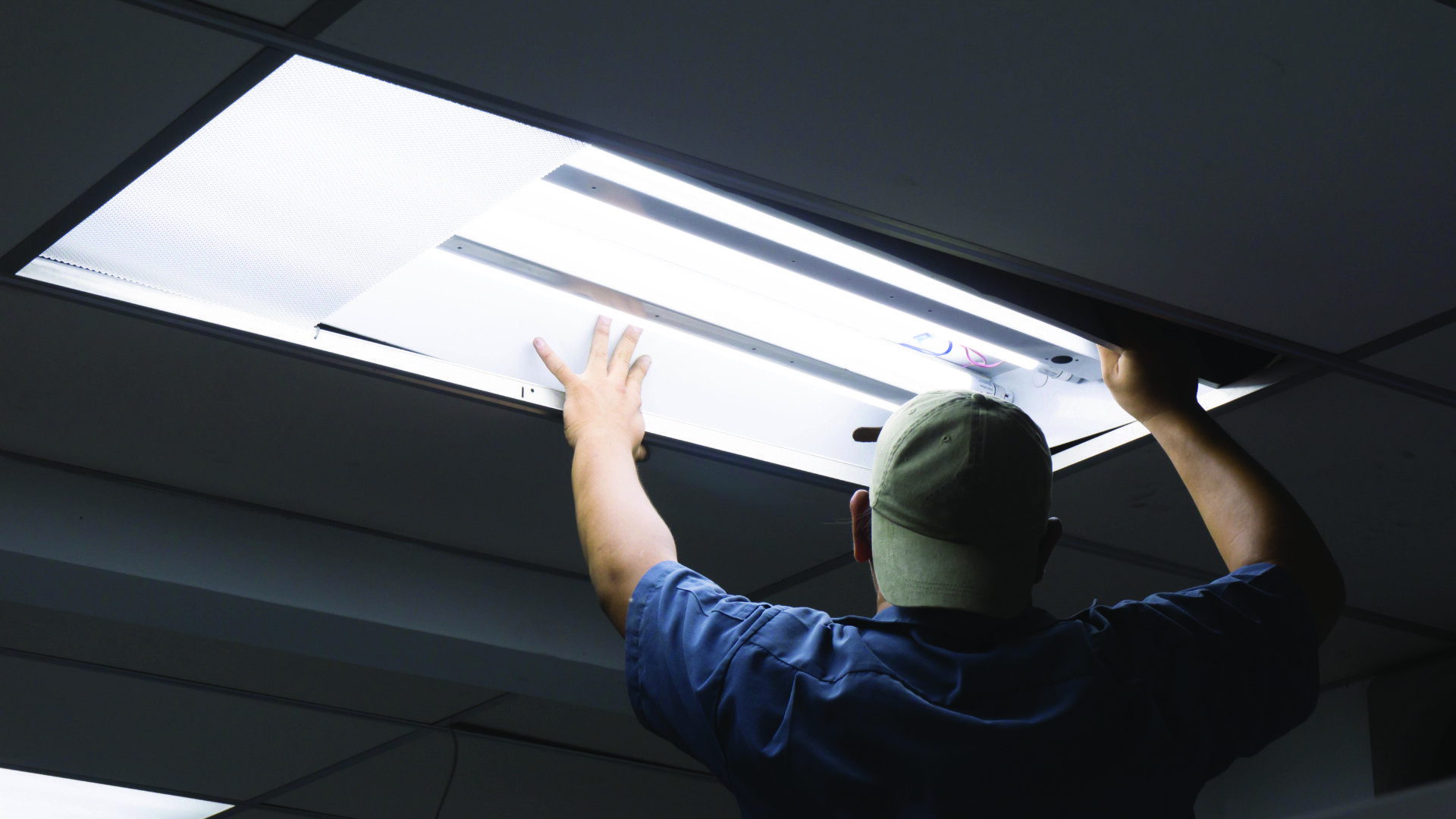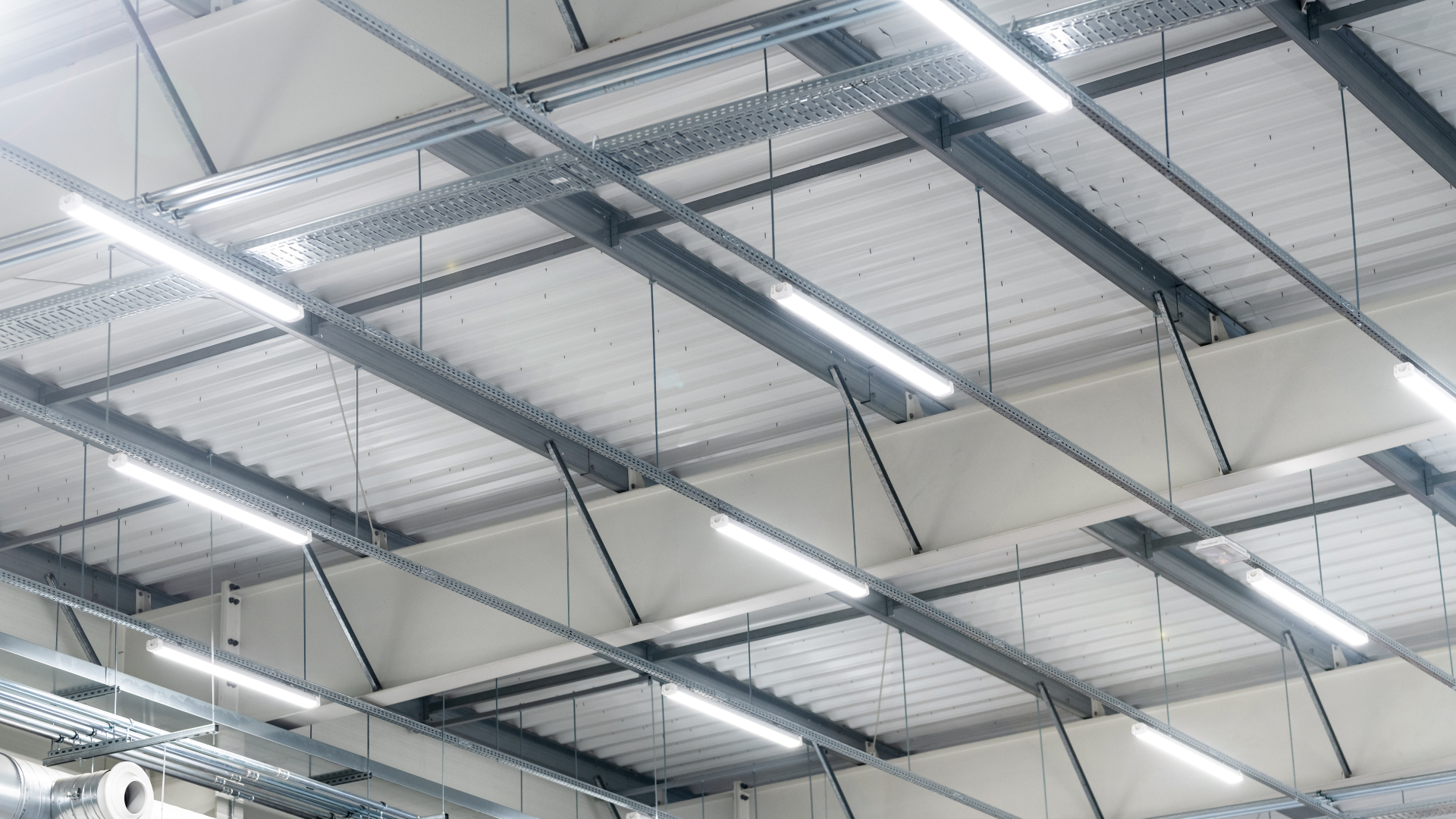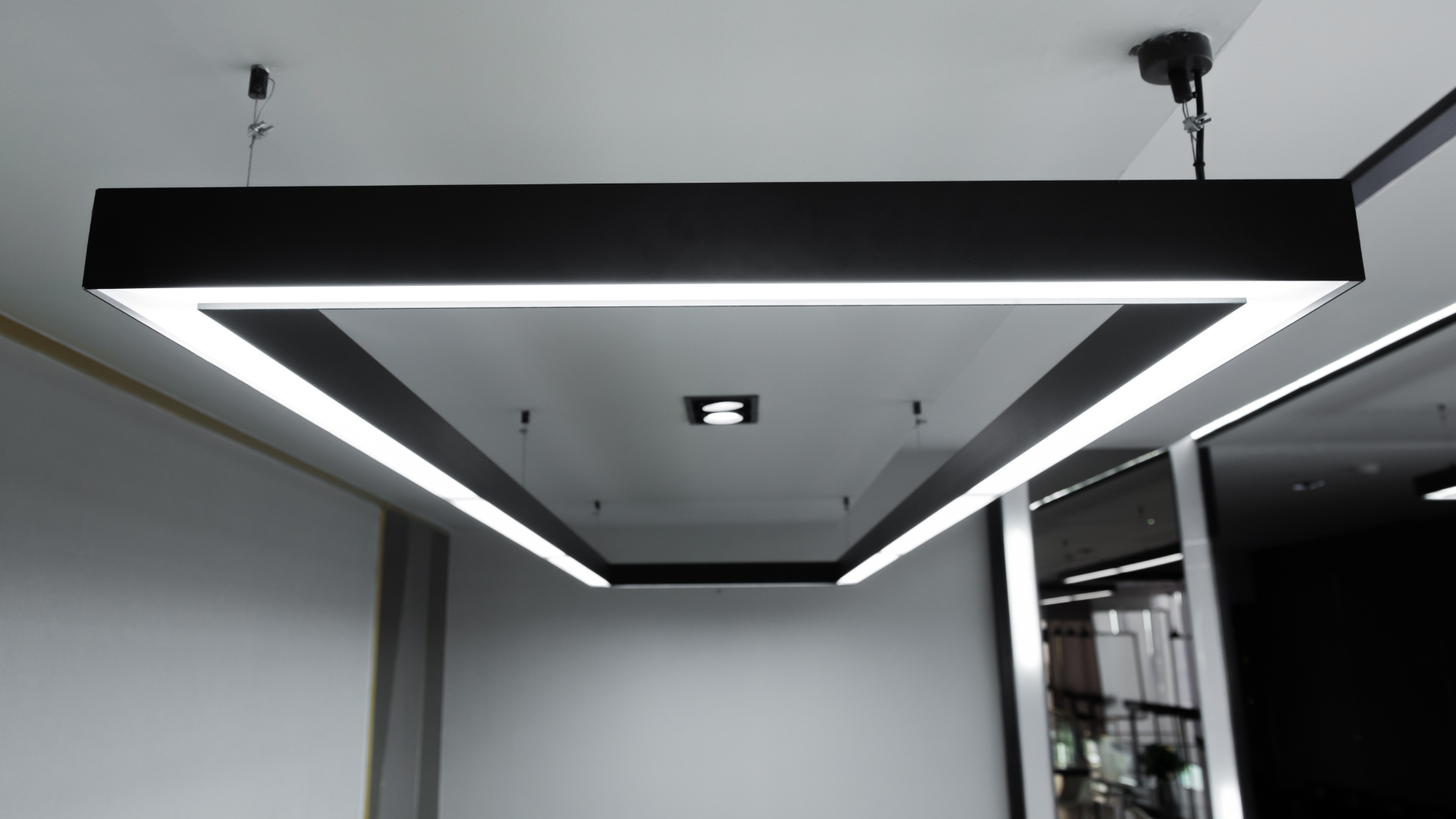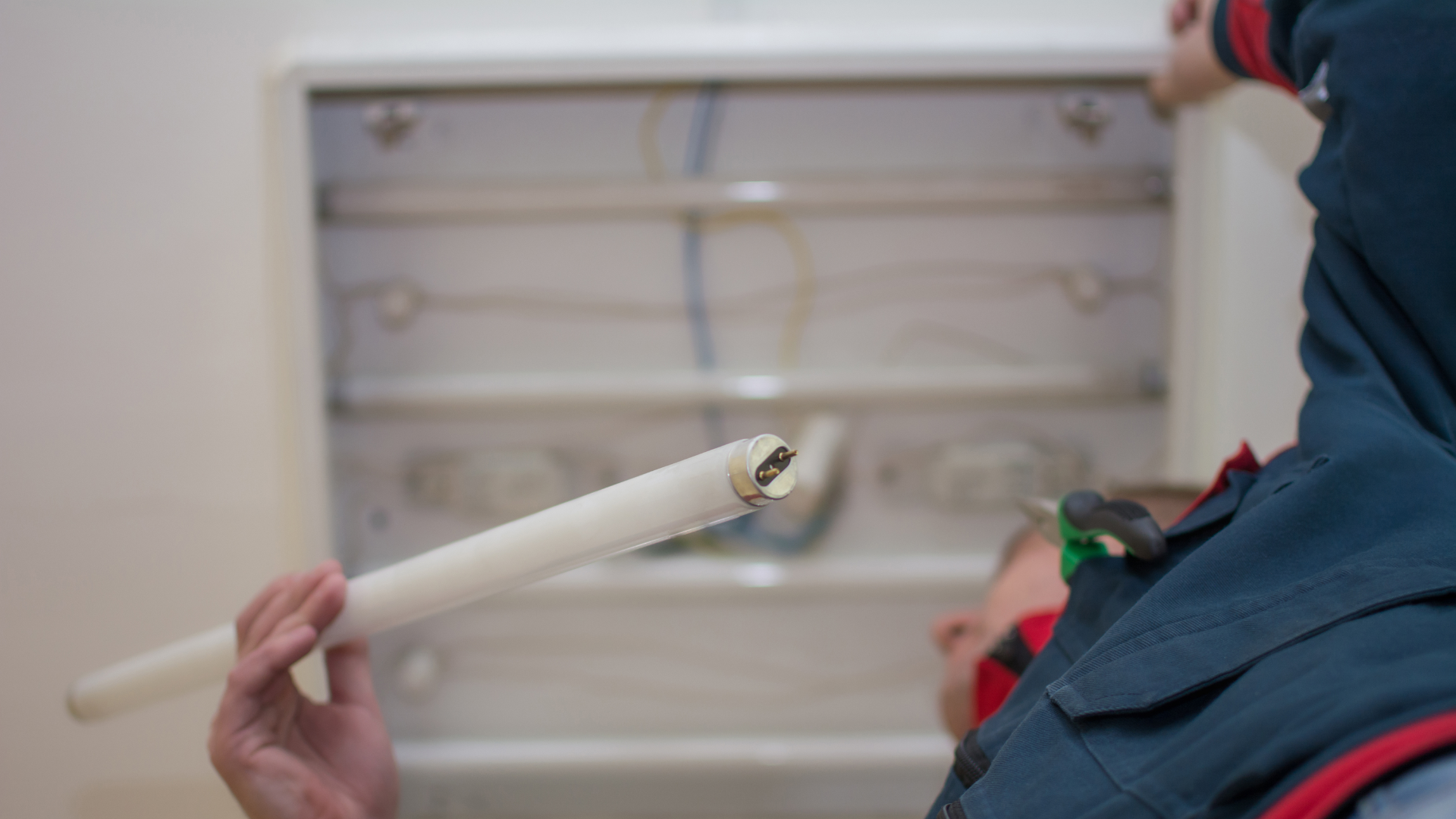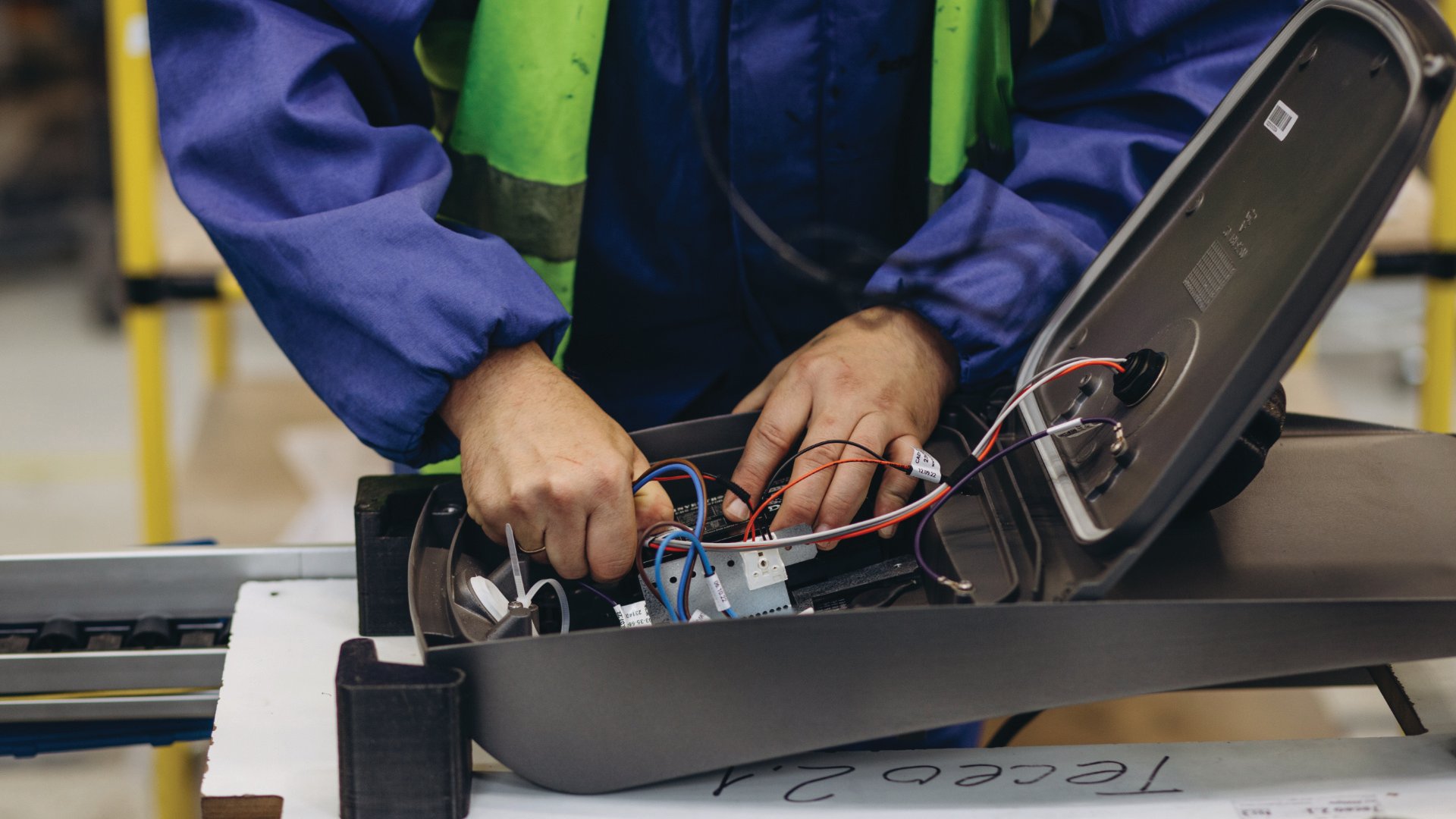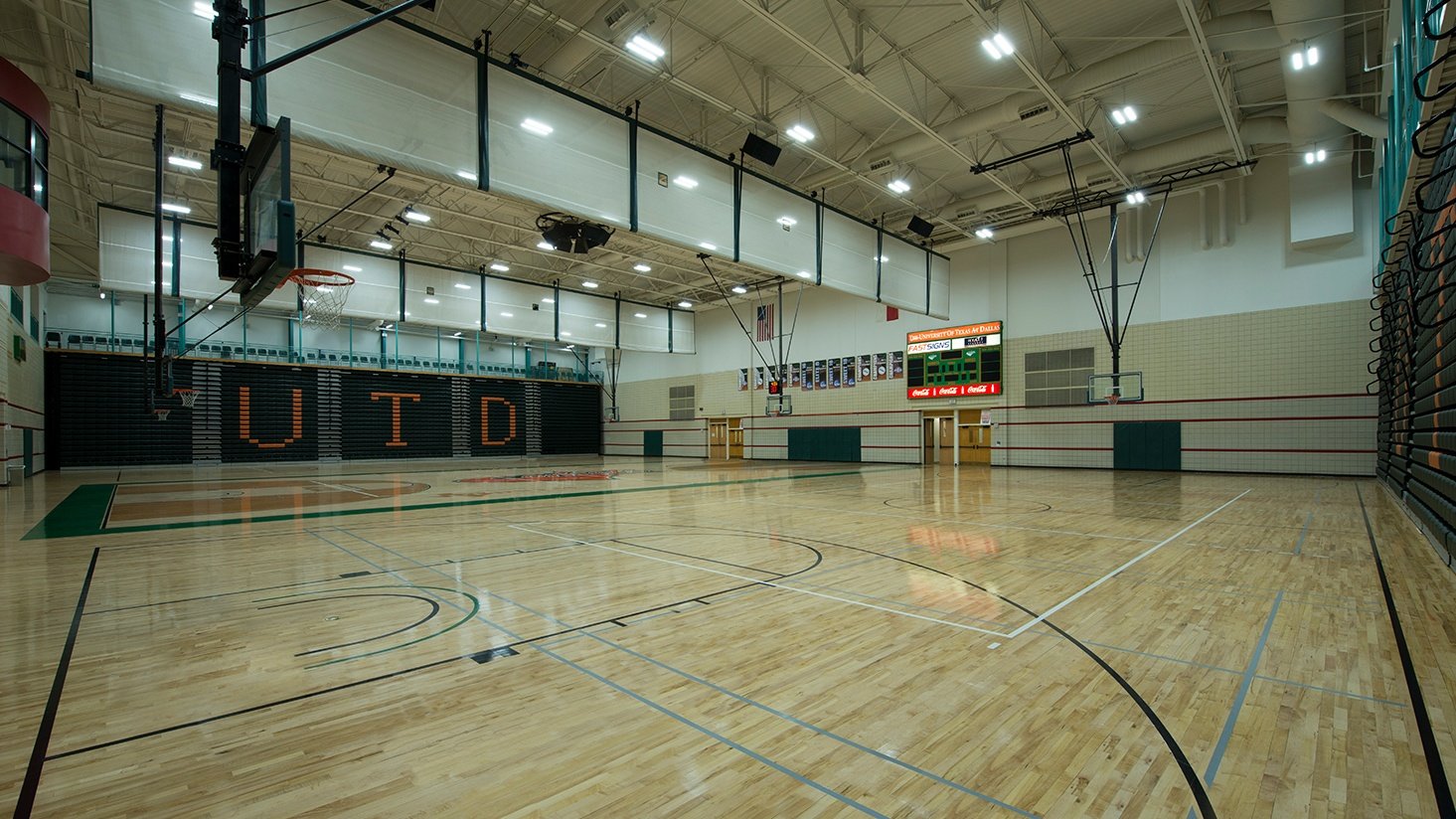What are the types of LED drivers?
We’re getting more and more questions about LED drivers, and it’s no surprise since they are the brain of an LED fixture. You can’t see it, but it’s what makes all the magic happen.
But for the average person, the specifications are confusing and these are little more than the mysterious box where you connect power. Even for people in lighting who are used to ballasts and transformers, drivers are a whole new game. We’re working on demystifying LED drivers, so in this article we’ll dig into the different types you may run into.
What is an LED driver / power supply?
An LED driver is essentially a specialized power supply. Similar to how a ballast is required for HID and fluorescent lighting or a transformer is needed for low-voltage lighting, the driver provides the exact power requirements required by the LEDs.
Regardless of the type, an LED driver generally has three functions:
- Convert incoming AC power to the specific power (generally DC power) required by the LEDs
- Provide power conditioning to protect LEDs from fluctuations in power
- Prevent LEDs from overheating (you can research thermal runaway for more details on this)
It’s important to remember that LED lighting is made up of sensitive and finely-tuned electronics, so the power requirements are important and much more sophisticated than the output of a basic transformer. Also, while an LED driver does regulate power, it is not a substitute for a surge protector.
What is Electronic Control Gear (ECG)?
If you’ve used plug-and-play LED tubes, you may have also seen the phrase Electronic Control Gear or ECG. This is a broad classification of products that provide the necessary power requirements for a light source. So, a ballast is a type of Electronic Control Gear.
This gets a little more complicated with plug-and-play LEDs because they are designed to work with fluorescent ballasts, but manufacturers needed to come up with a way to prevent people from reverting back to fluorescent tubes, otherwise known as “snap back.” So, a new class of Electronic Control Gear has been released that prevents someone from converting back from LED to fluorescent. Because of this, we can’t really call them ballasts, so the name LED Electronic Control Gear is typically what you’ll see. We’ll go more into this below.
Integrated versus remote LED drivers
In most commercial fixtures, LED drivers are a separate box within a fixture, similar to a ballast or transformer. In some cases, an LED driver may be integral, or built into the LED light bulb. This is most common for LED light bulbs that are meant to plug or screw directly into an existing non-LED fixture. Track lighting can also be a place where drivers are integral.
If you have a failing LED bulb with a built-in driver, there’s no clear way to determine what caused the failure or even replace the driver if that was the issue, so the best approach is to replace the entire light bulb.
If you have a failing LED fixture with a remote or separate driver (like a troffer, wall pack, high bay, area lighter, etc.), you can replace the driver if it fails, saving you time and money over replacing a complete fixture.
Types of LED Drivers
So, if LEDs require a driver to power up and produce light, why are there different types? One of the advantages of LED lighting is the flexibility to be used in so many form factors, configurations, and applications. But with that flexibility comes complexity.
For example, if you want an LED driver for a parking lot fixture on a 30 foot pole, that’s probably going to require different power requirements than tape light used in a hallway cove. Let’s dive into the different types.
| Type | Output | Uses |
| Constant Current LED Driver | Fixed milliamp current | Stand-alone fixtures like downlights, wall packs, area lights, sconces, etc. |
| Constant Voltage LED Driver | Fixed DC voltage | Variable-length applications like tape light, rope light, linear systems, etc. |
| Constant Power LED Driver | Fixed wattage | Specialized applications like scoreboards, horticulture, etc. |
| AC LED Driver | Fixed AC voltage | Low-voltage AC power lighting like some LED MR16s |
| LED Electronic Control Gear (ECG) | -- | Takes the place of a ballast when using type A LED tubes |
Constant current LED drivers
Constant current drivers are typically found in stand-alone, pre-configured fixtures, such as downlights, troffers, outdoor fixtures, decorative pendants, etc. These provide a constant current in milliamps (mA) to the LED chips being powered.
Constant current drivers may deliver a single output current, they may include switches to choose from a selection of output currents, or they may be programmable by software or a separate device to configure the exact output current. A switchable or programmable driver can be used in more applications because of the ability to be configured for multiple fixtures.
Constant voltage LED drivers
Constant voltage drivers are typically found in fixtures with variable lengths like tape light, rope light, linear systems, etc. These provide a constant voltage and are capable of adjusting current based on the number of LED chips being powered.
Constant voltage drivers are commonly 12V, 24V, 36V, or 48V. Programmable constant voltage drivers are also available so a single driver can be used across multiple fixtures.
Constant power LED drivers
Constant power drivers are used in specialized applications like LED scoreboards, horticulture, or other applications requiring a high amount of flexibility and efficiency. These require careful specification and configuration, and in some cases they can operate in either constant current or constant voltage mode based on the connected load.
AC LED drivers
AC LED drivers output low-voltage AC power (different than DC power output by most LED drivers) and are typically used for powering LED MR16 bulbs. When choosing an AC LED driver, you typically need to know the voltage output and wattage for the LED you’re powering.
Plug-and-play LED ballasts (Electronic Control Gear)
Wait, this article is about drivers, so why are we talking about ballasts? Well, plug-and-play (type A) LED tubes do require a ballast (technically, they also have an integral driver built into the lamp).
While you can technically replace a failed fluorescent ballast in a fixture using plug-and-play LED tubes, manufacturers are now producing LED-specific Electronic Control Gear designed to power only type A LED tubes and not fluorescent tubes. These prevent someone from removing the LED tube and putting a fluorescent tube back in its place.
Some rebate programs may require LED-specific ECG if using type A tubes to prevent customers from going back to less efficient lighting.
Programmable LED drivers
One of the most common failure points in an LED fixture is the driver, and most commercial fixtures are designed so that you can replace a driver when it fails instead of replacing the entire fixture. But with efficiency improvements and the rapid pace of change with LEDs, it’s impractical to keep the exact replacement driver on the shelf for a fixture that hasn’t been produced for three years.
So, how do you replace a driver in an older fixture? And how do manufacturers and distributors know what drivers to stock?
Programmable drivers offer an answer to this challenge by covering a wide range of fixtures with a single, configurable driver. In some cases, a programmable driver needs to be configured by the manufacturer or using proprietary programming tools. Ledvance has made this easier and more convenient by offering tapTronic drivers that are wirelessly field programmable by anyone with the iOS or Android app.
One note on programmable drivers is the importance of recording how it’s programmed for your fixture when you install it. A label or even a Sharpie noting the settings used in programming will make your life much easier if you have to replace the driver again down the road.
What about color and wattage selectable fixtures?
Most color and wattage selectable fixtures include switches on the driver to select the color temperature (CCT) and light output.
Color selectable fixtures typically have a mixture of cool and warm temperature LEDs, and as the CCT switch is moved, the driver changes the mA power output to the cool and warm LEDs to create the specific color temperature.
In wattage selectable fixtures, the switch on the driver varies the mA power output to adjust the brightness of the LEDs.
At this point, the best option for replacing the driver in one of these fixtures is to contact the original fixture manufacturer, but there may be third party replacement drivers available in the future.
Finding a replacement LED driver
Finding a replacement driver requires the stomach for technical details. If you don’t get the details right, you could waste time and money on a driver that doesn’t work or even ruin your fixture.
Details about wattage, voltage in and out, output current, dimming, auxiliary, dimming, and even the dimensions all need to be considered. We’ve put together a free printable guide with explanations and example labels to help you navigate all the specs and understand what you need.
And once you use the guide, try our LED Driver Replacement Wizard to find recommendations, or you’re always welcome to contact us, and we’d be happy to help.
